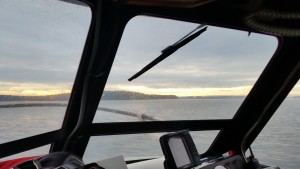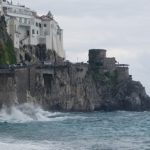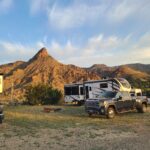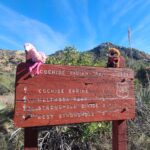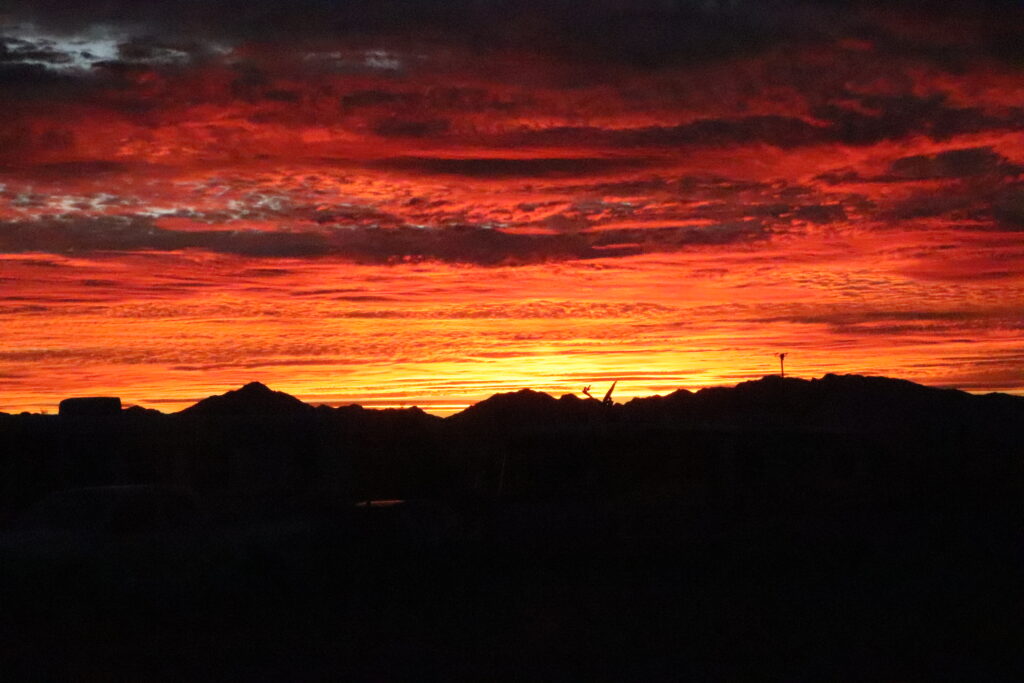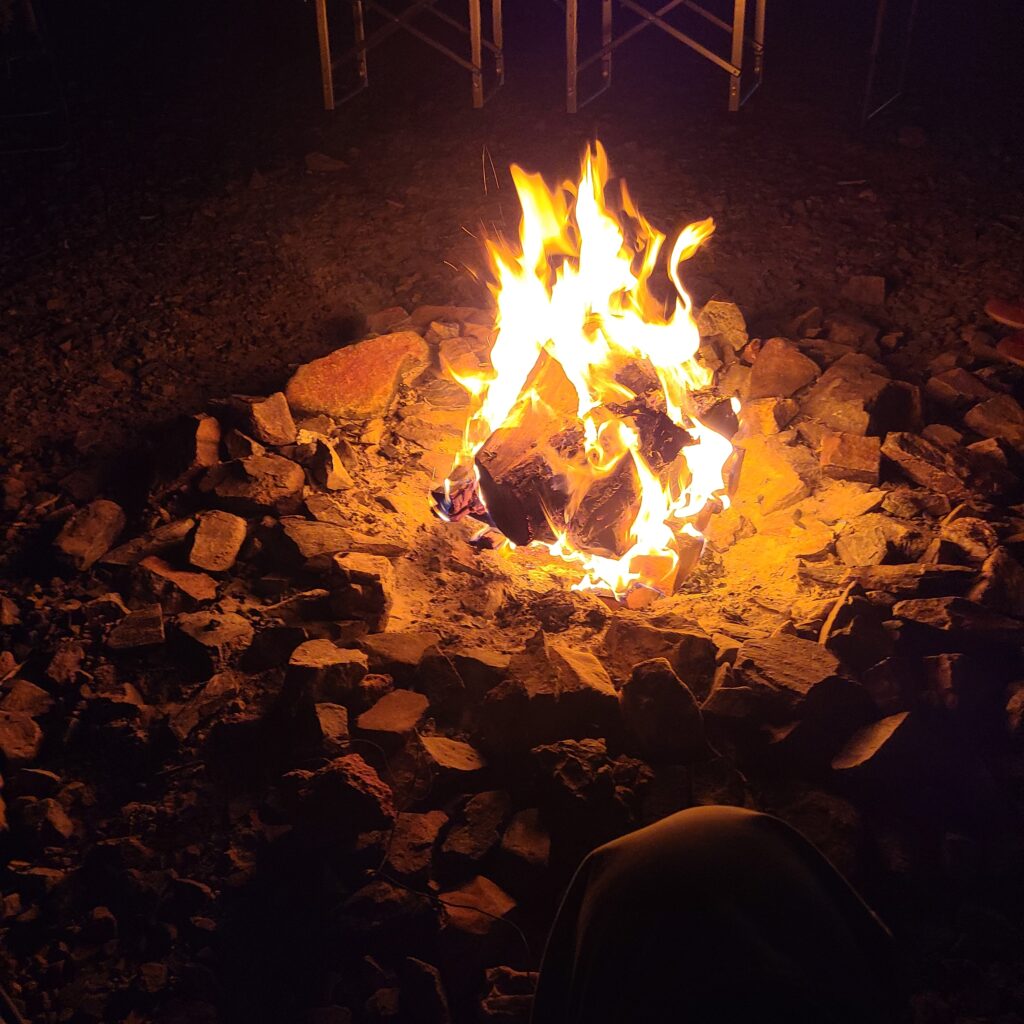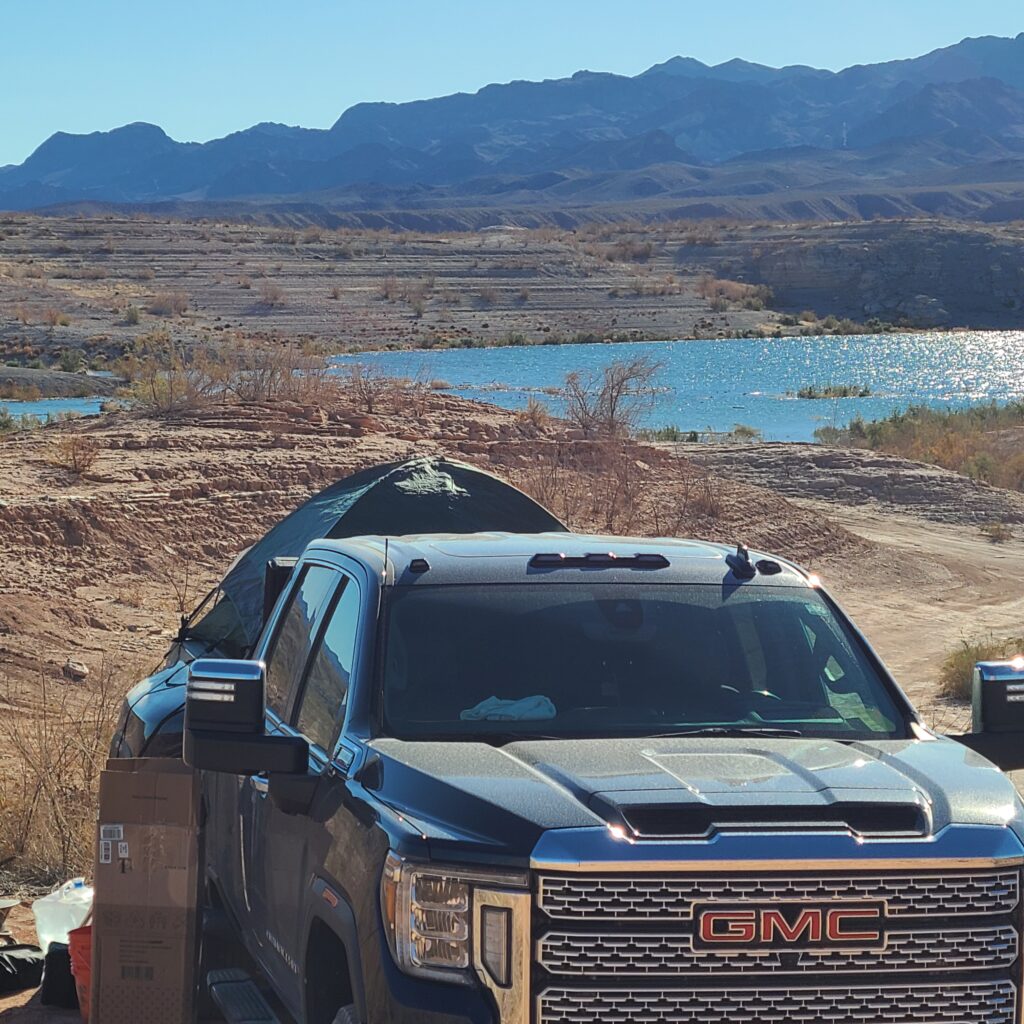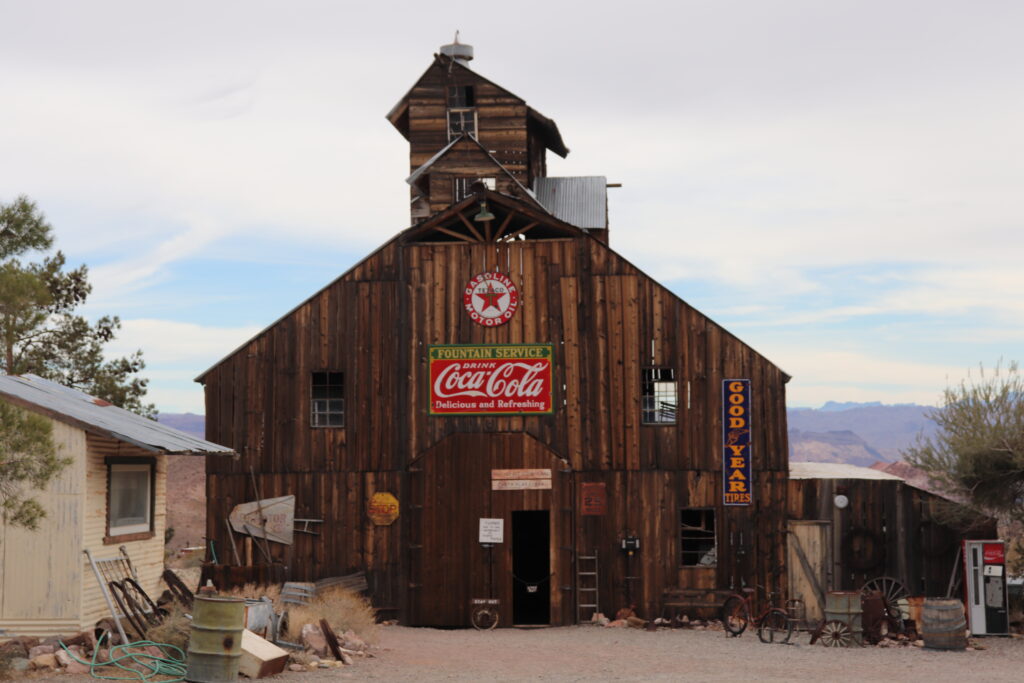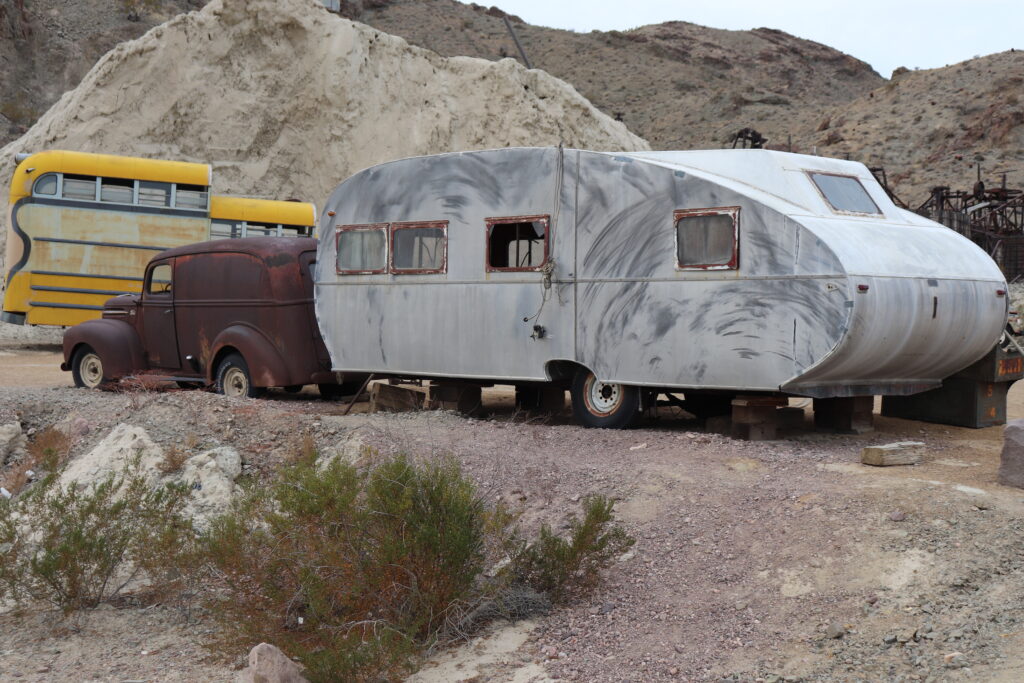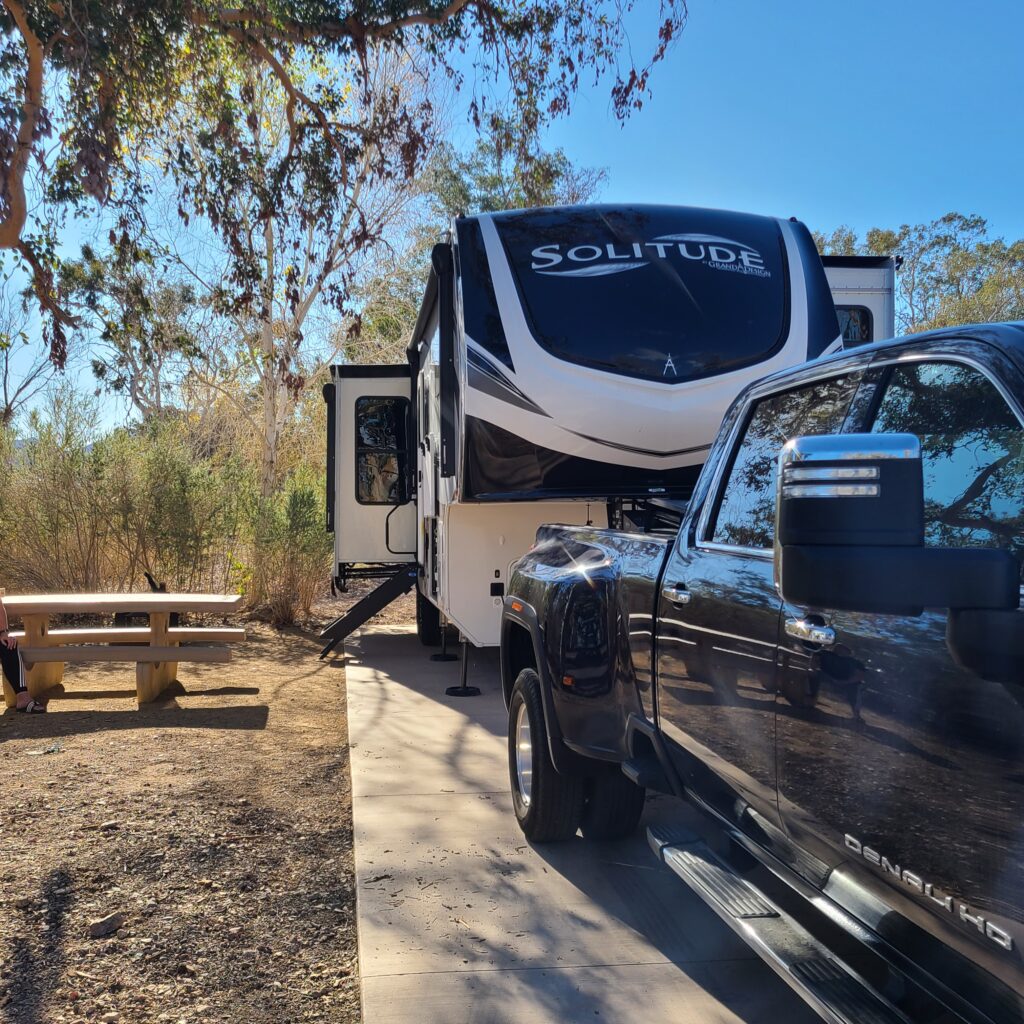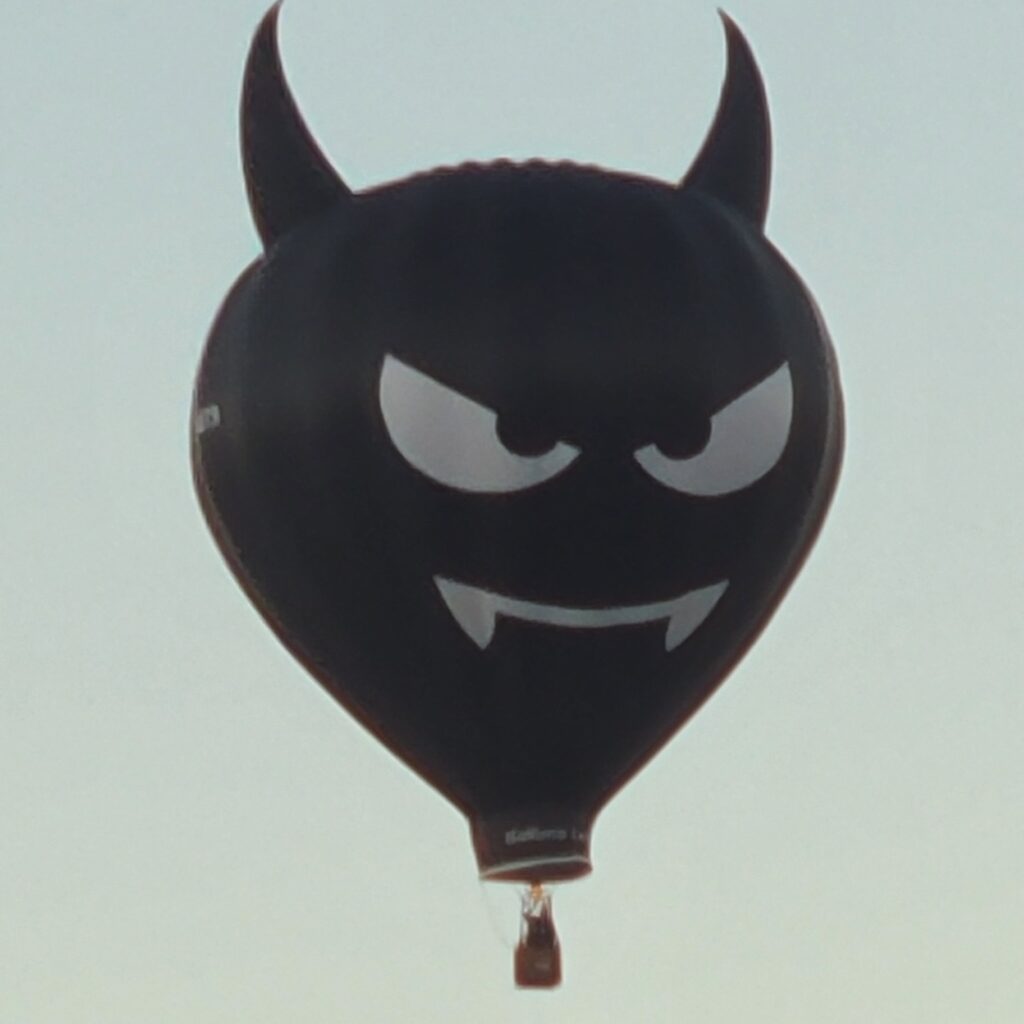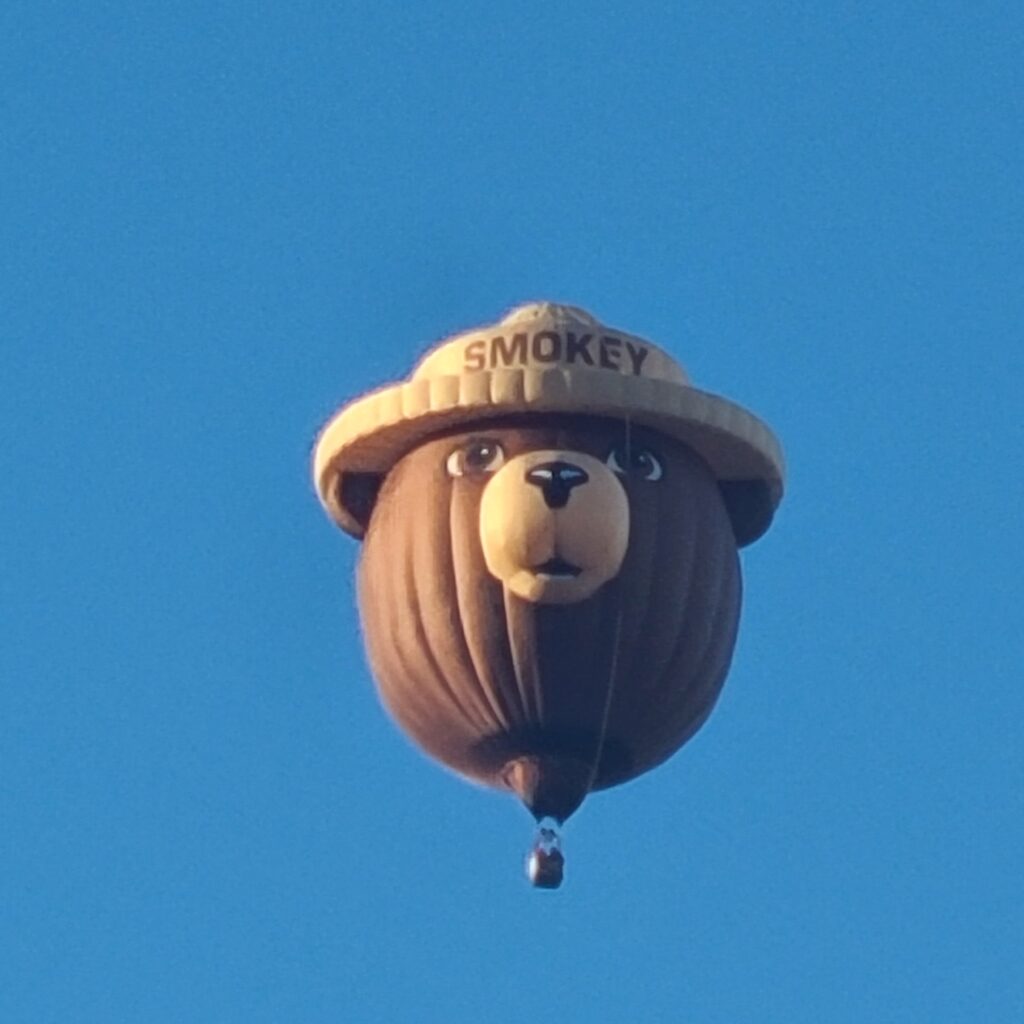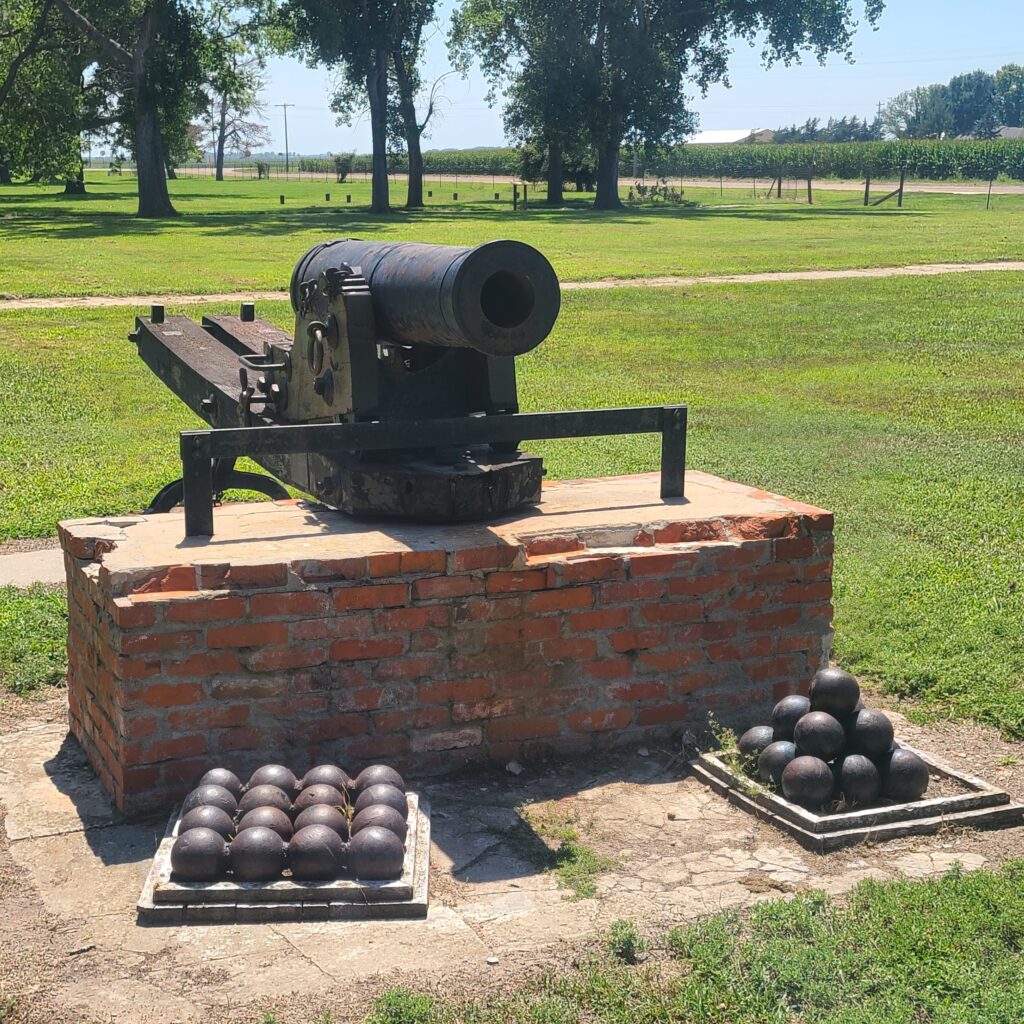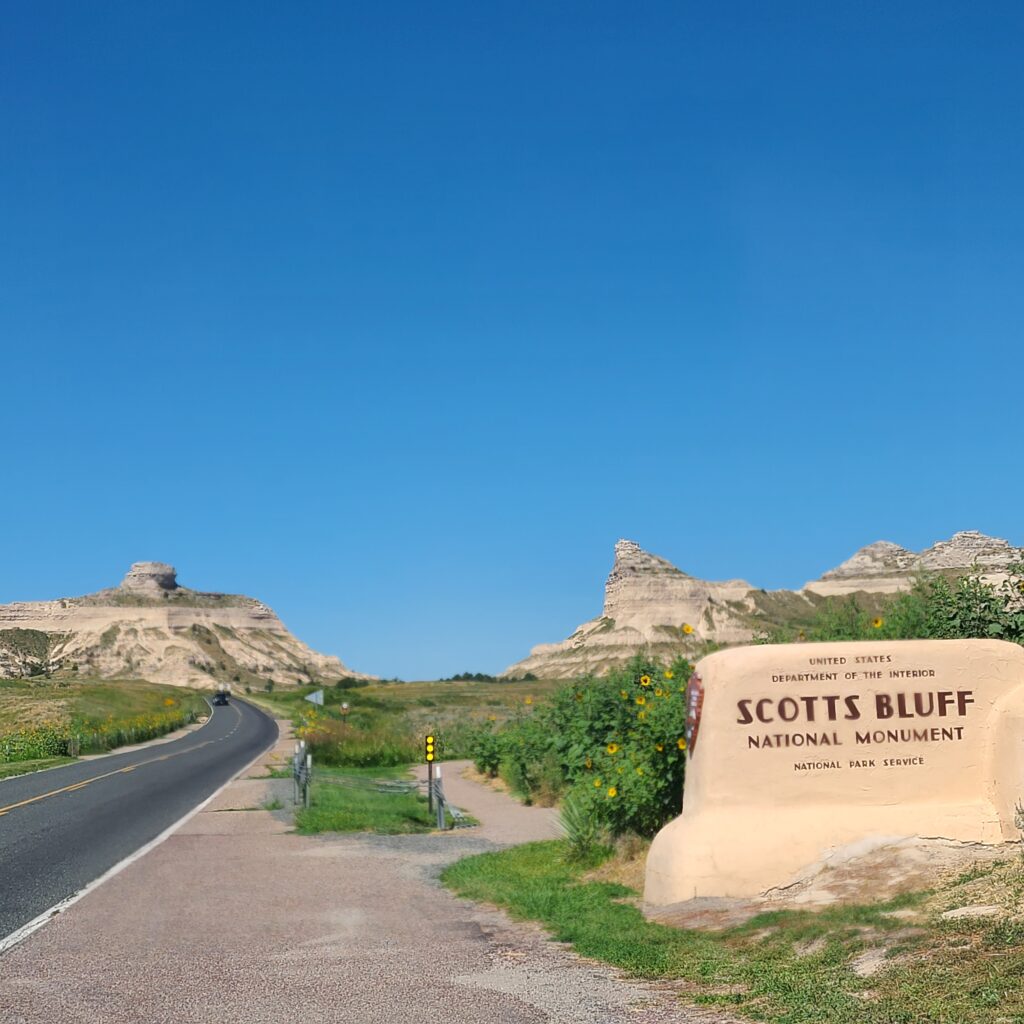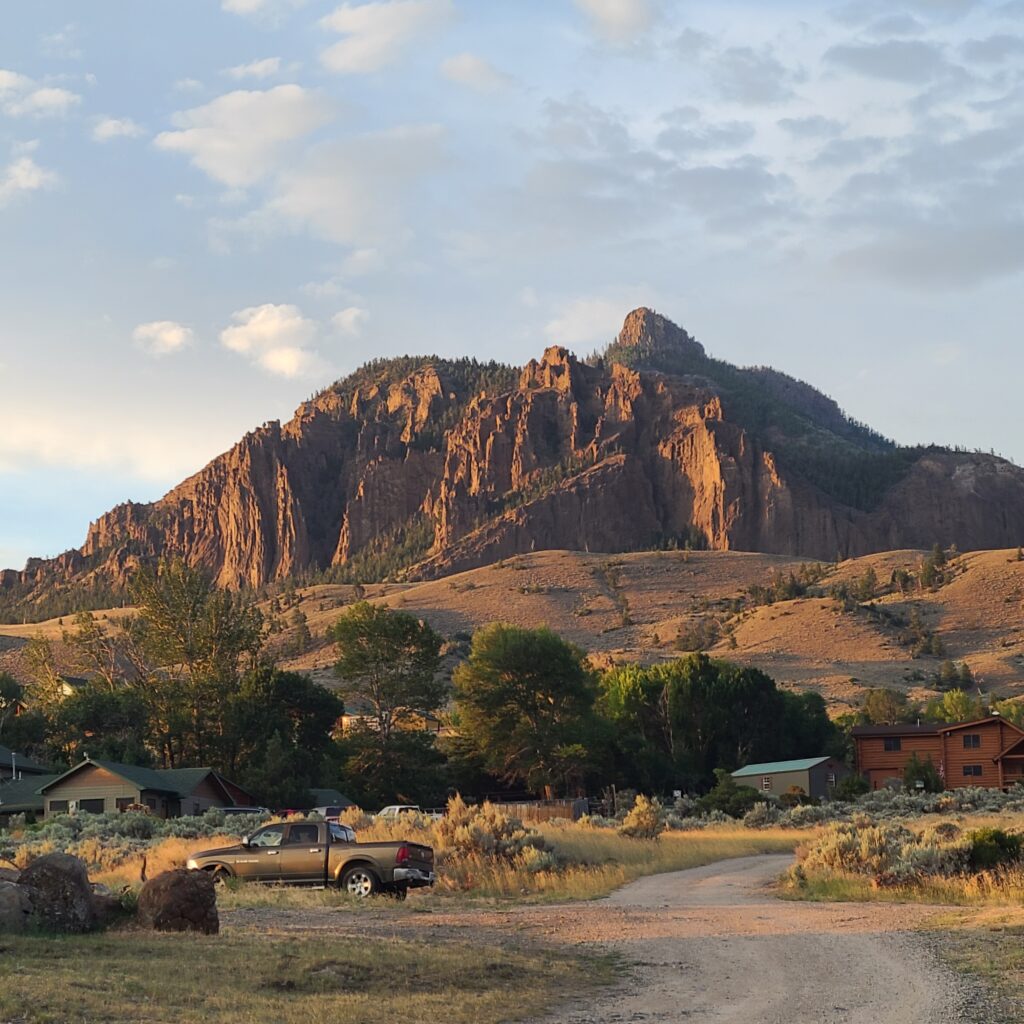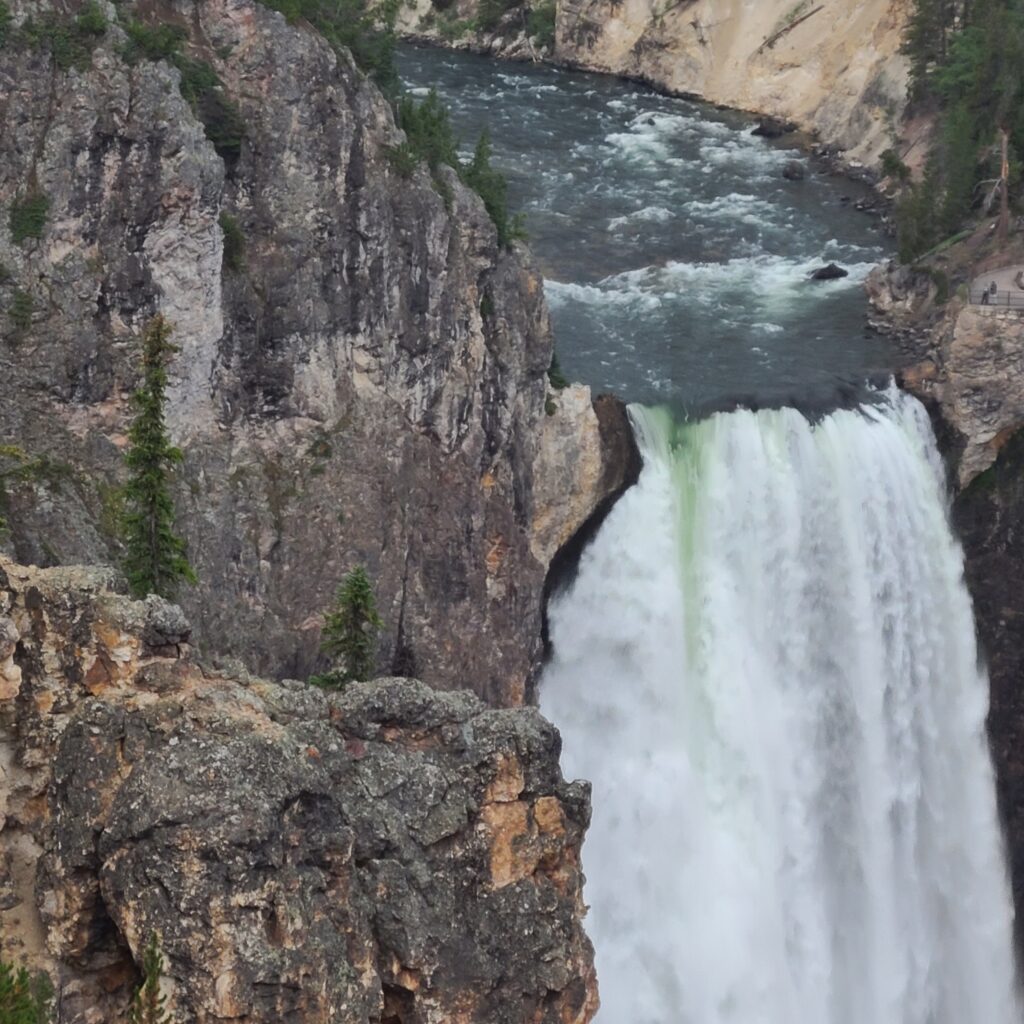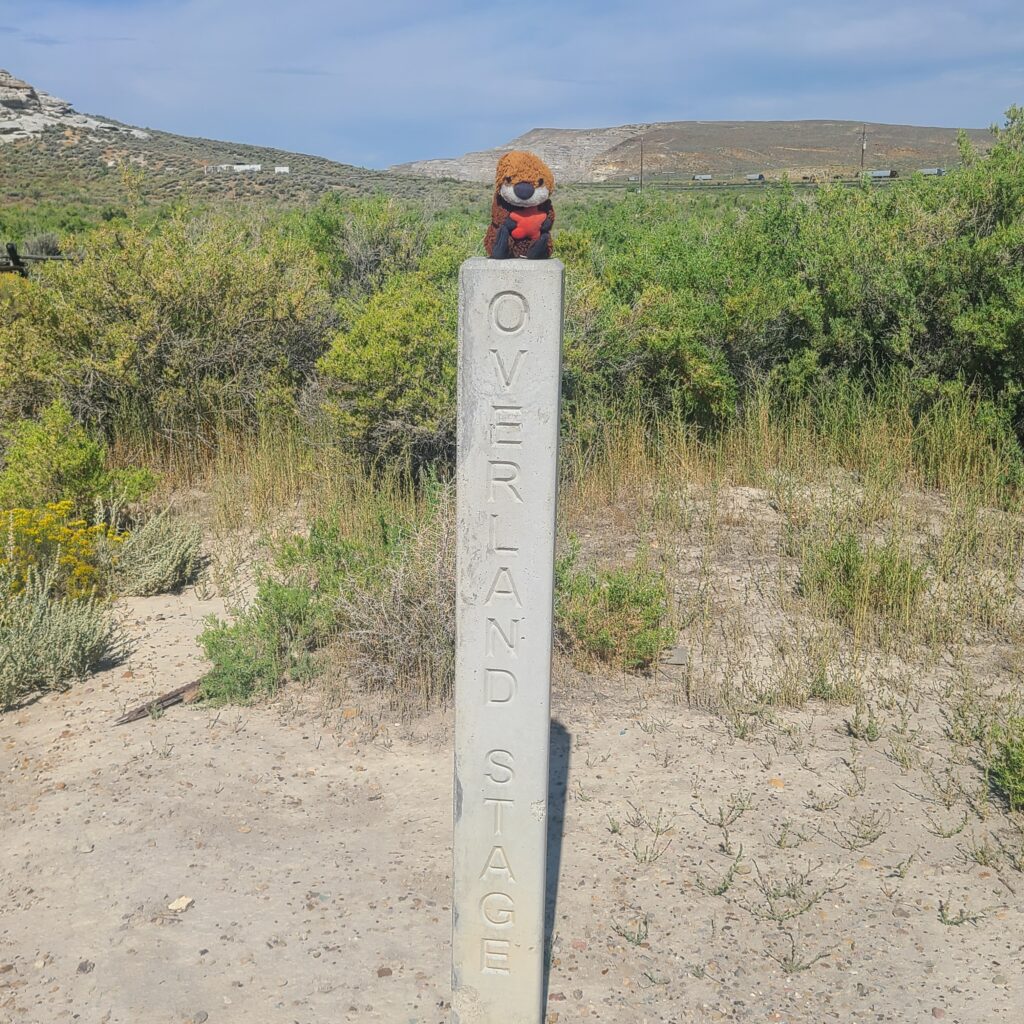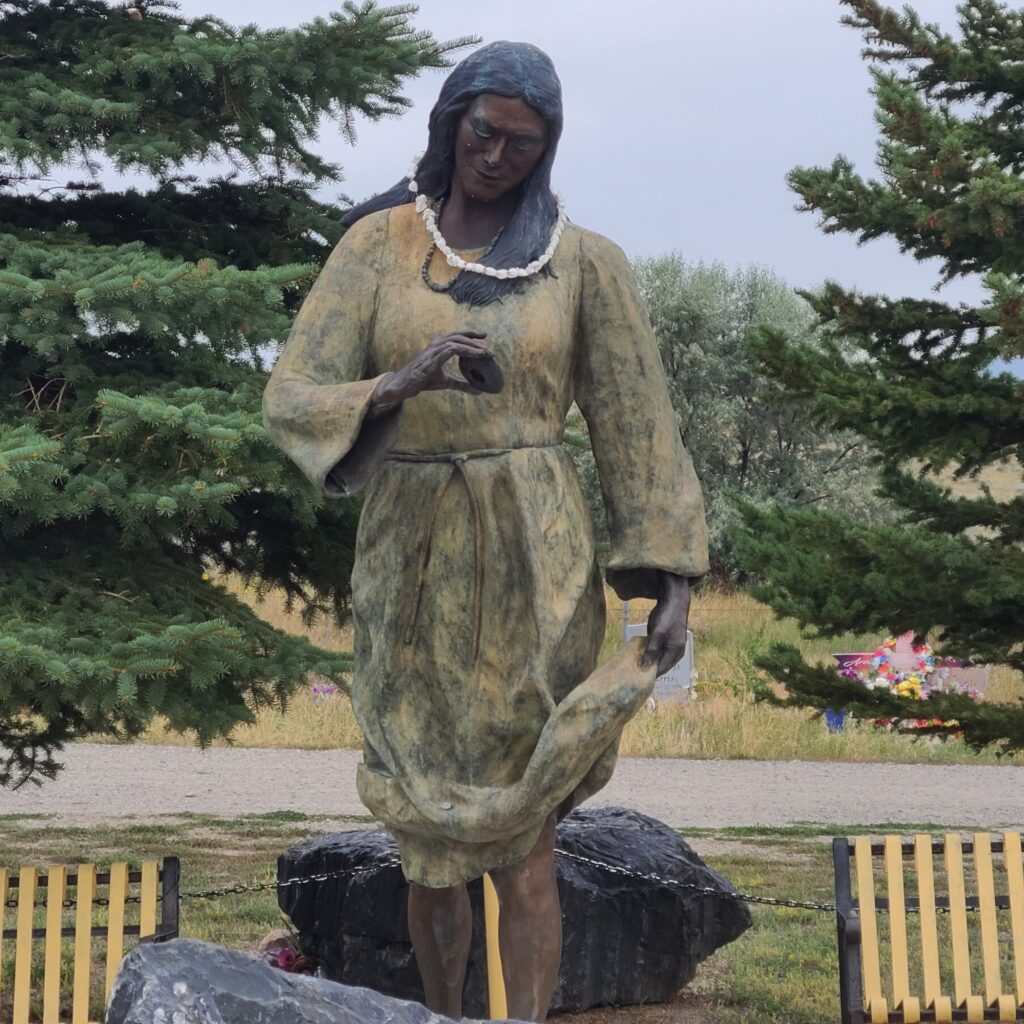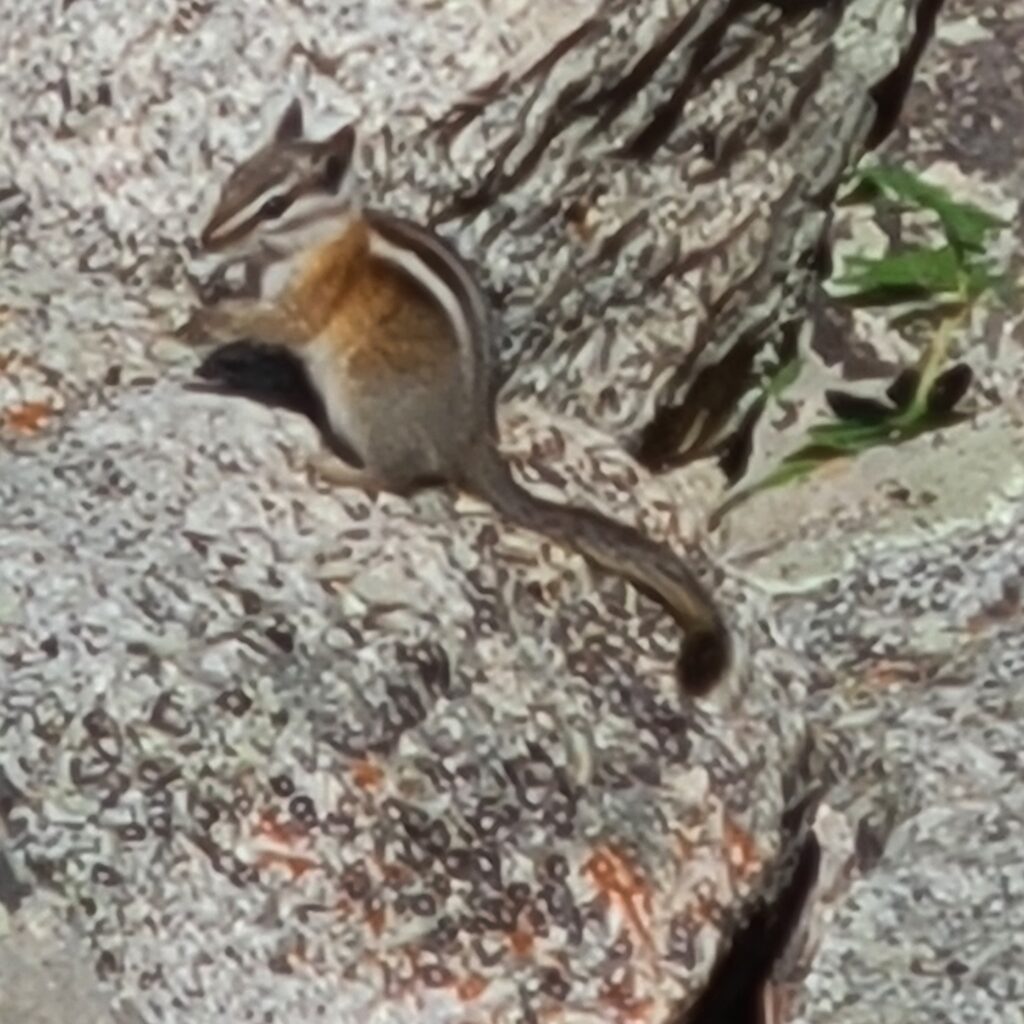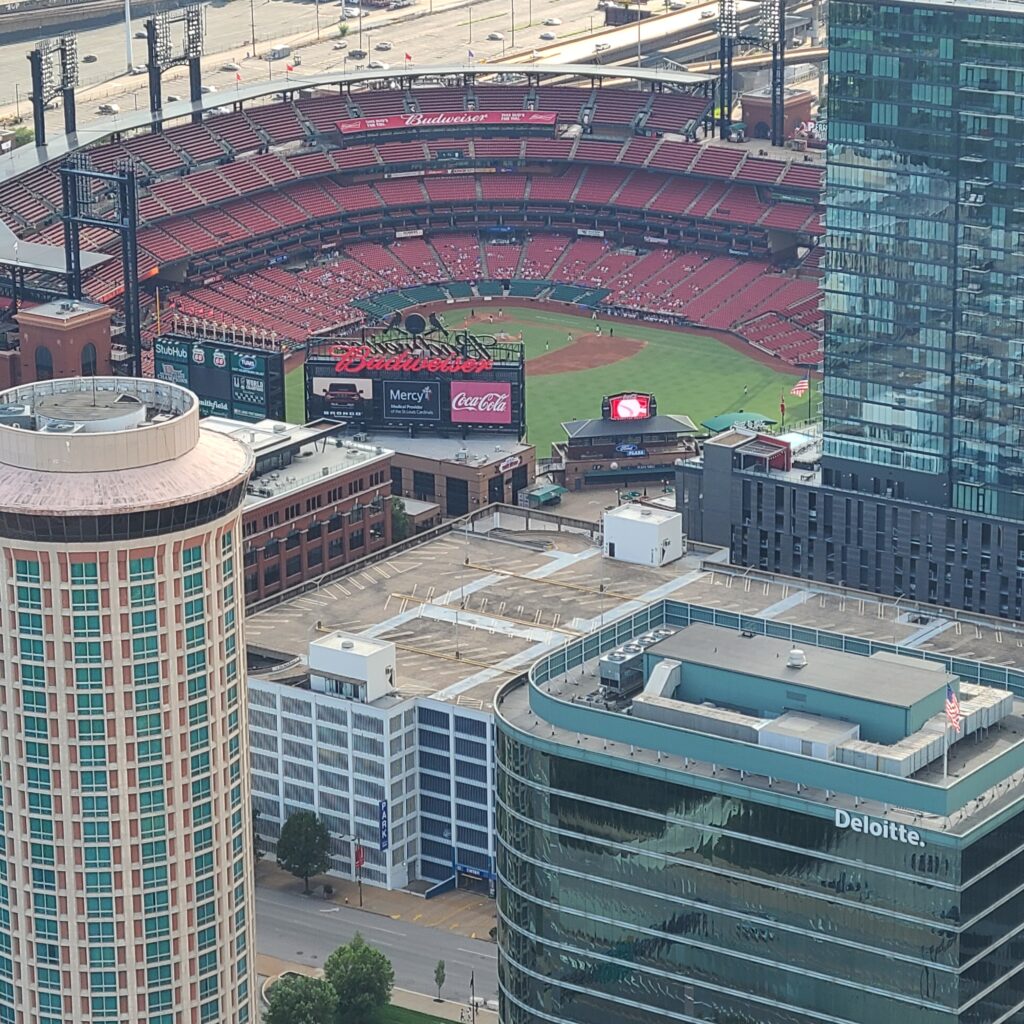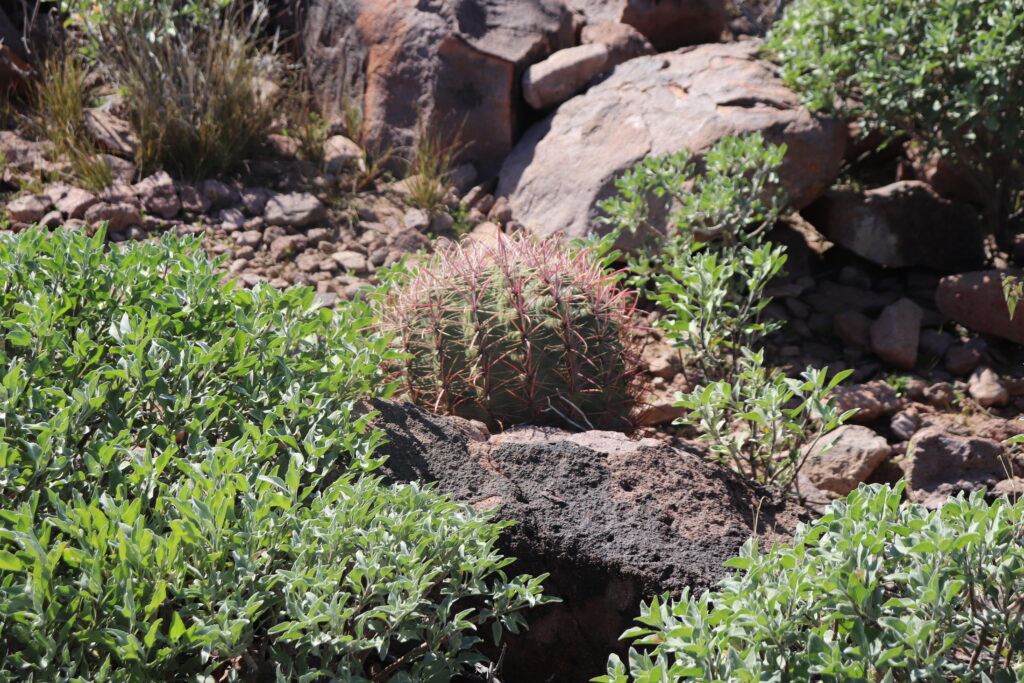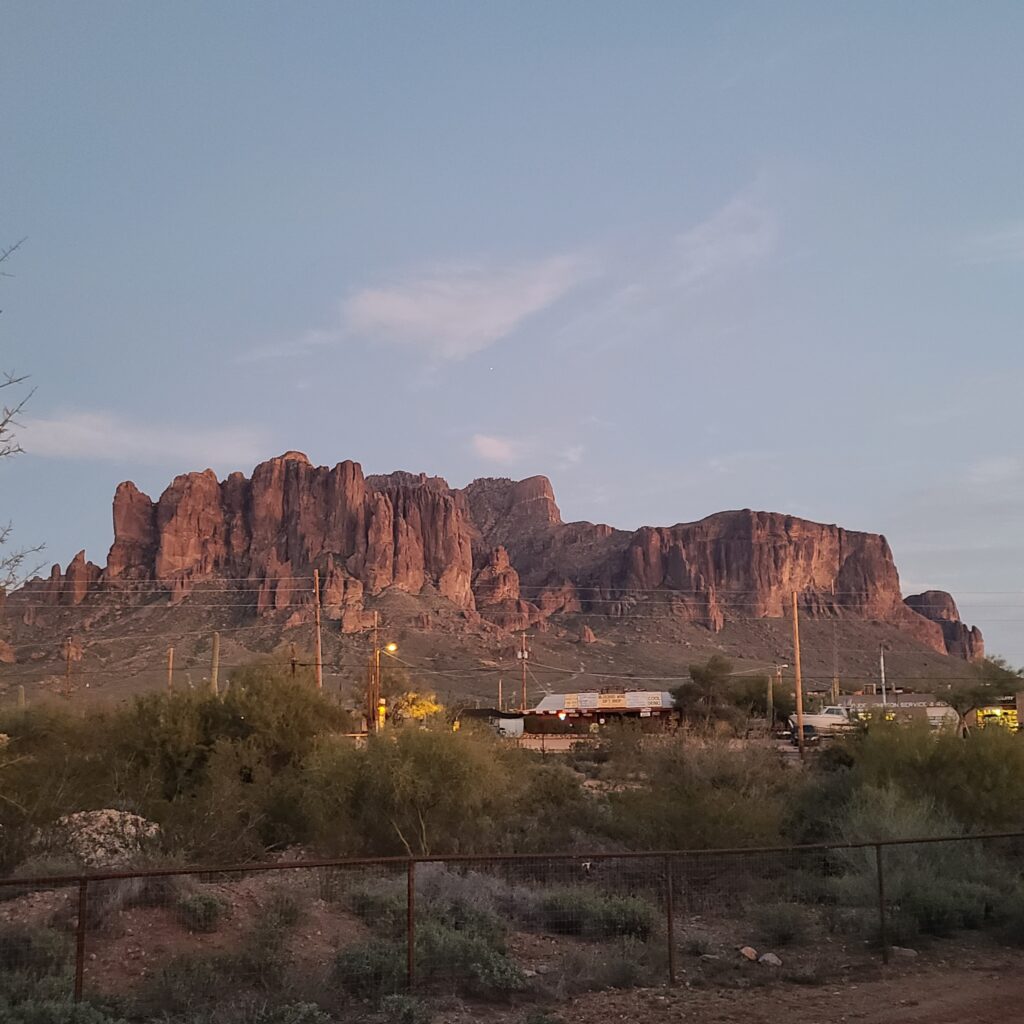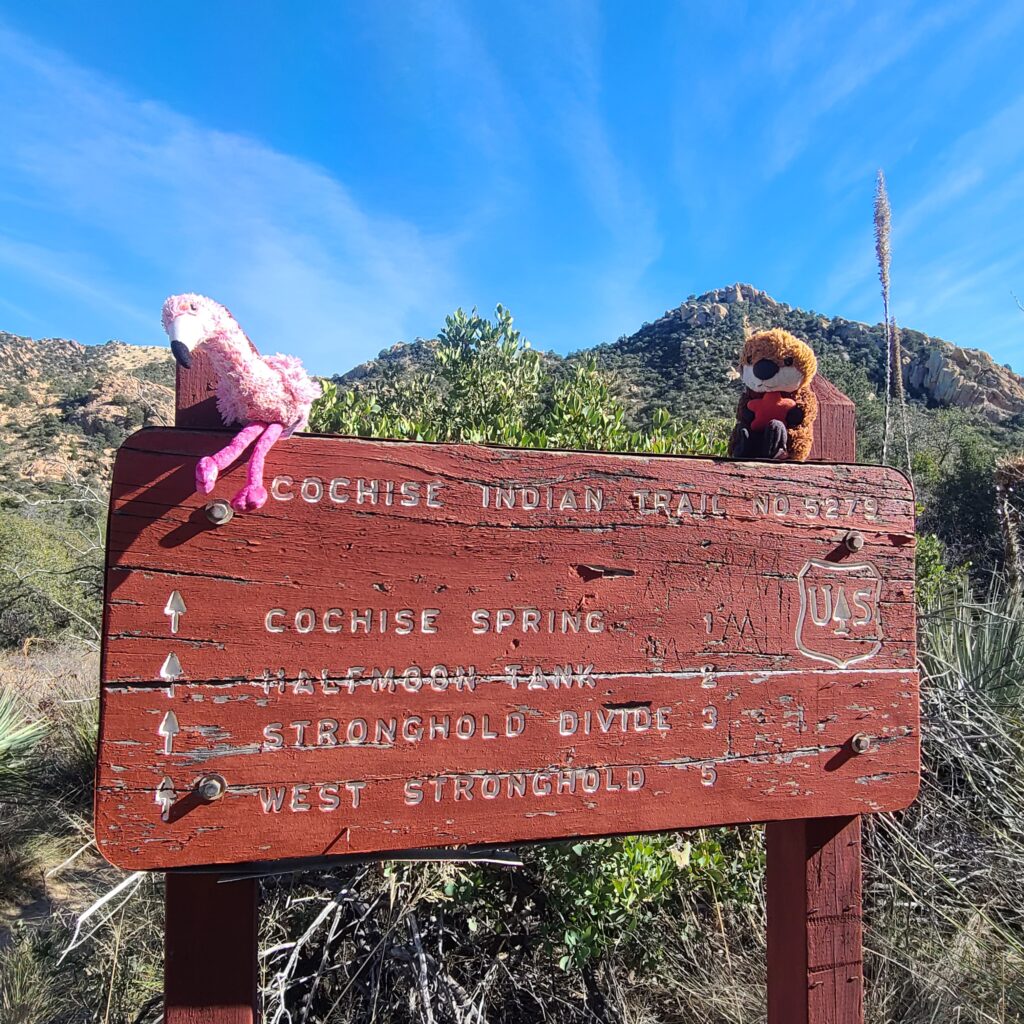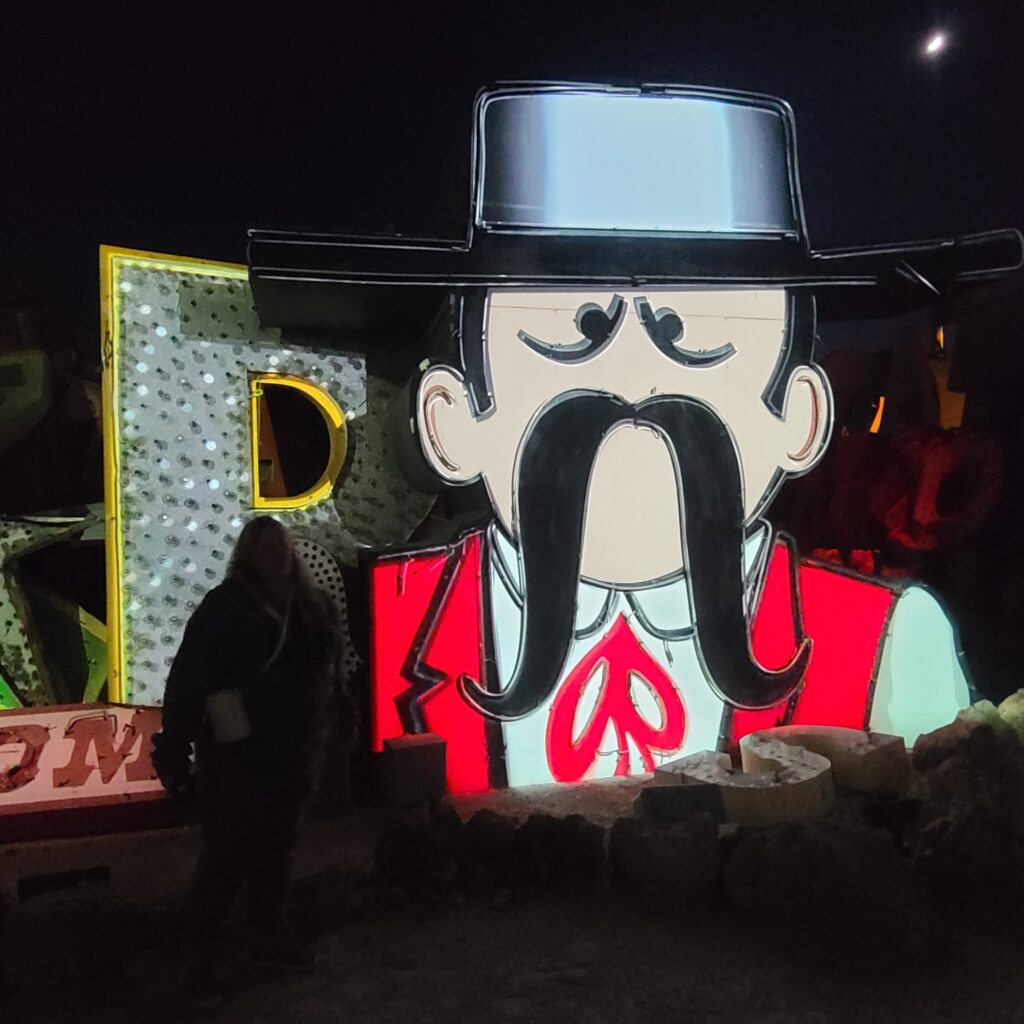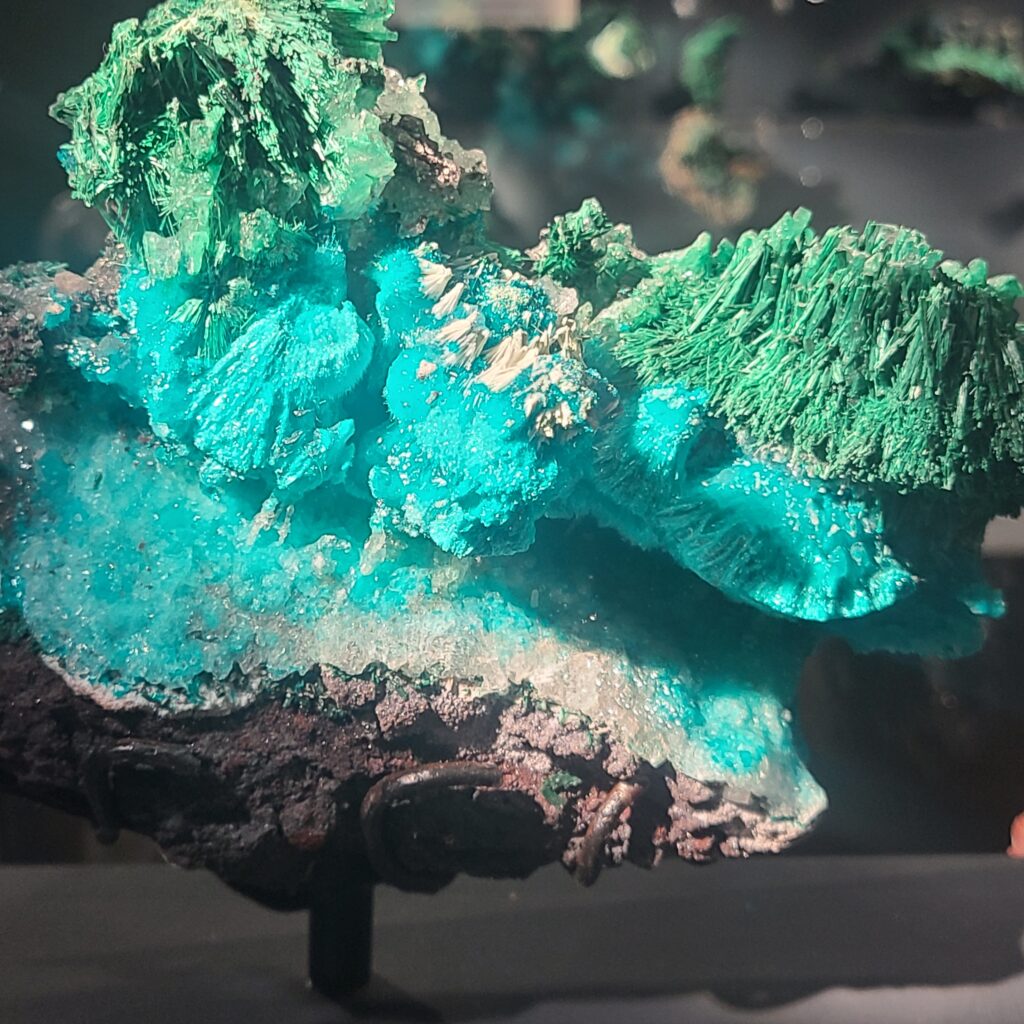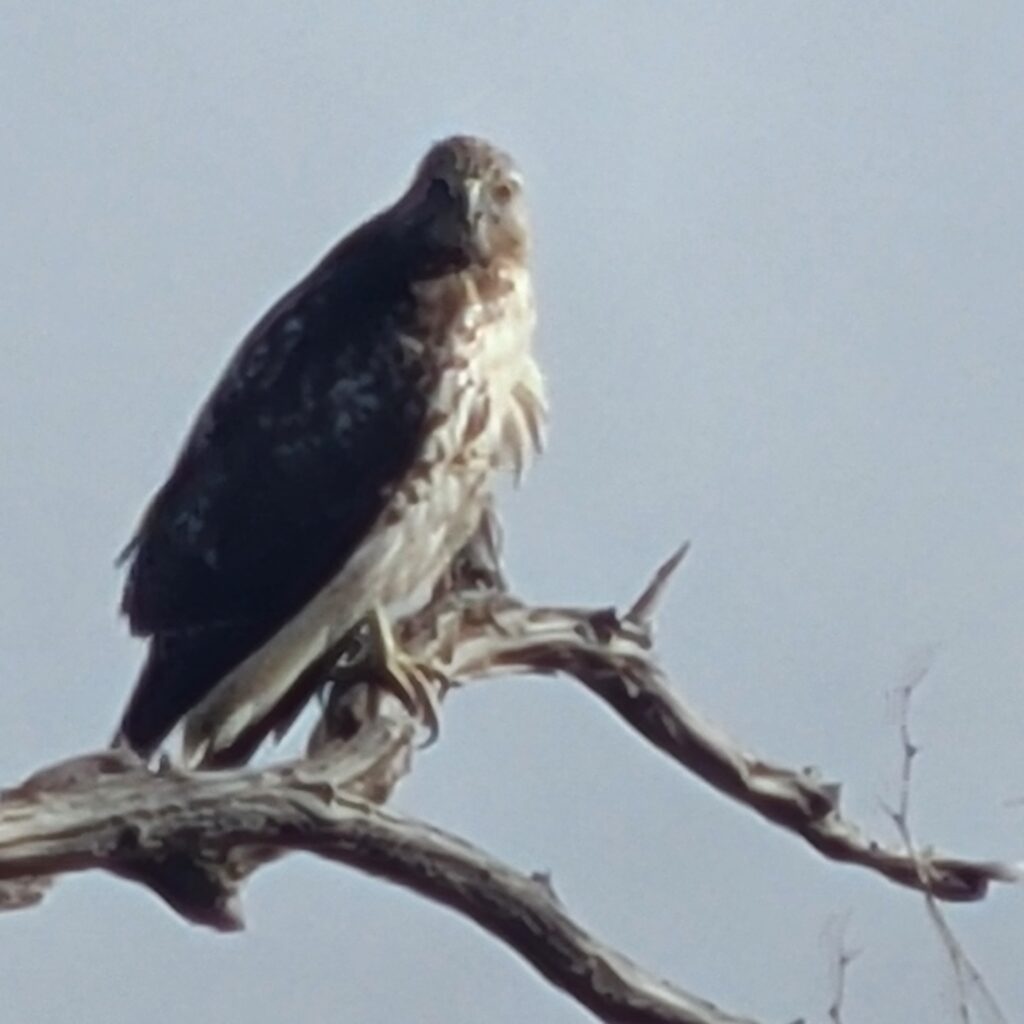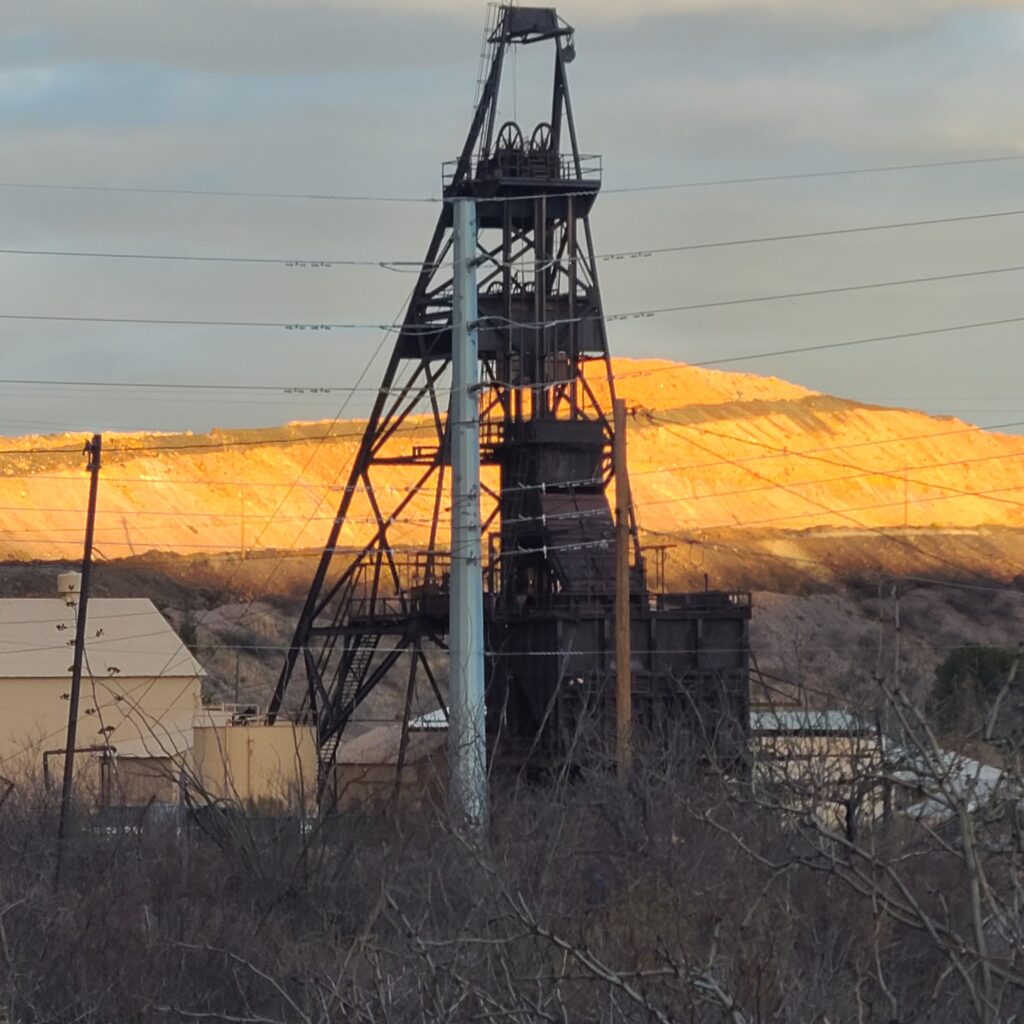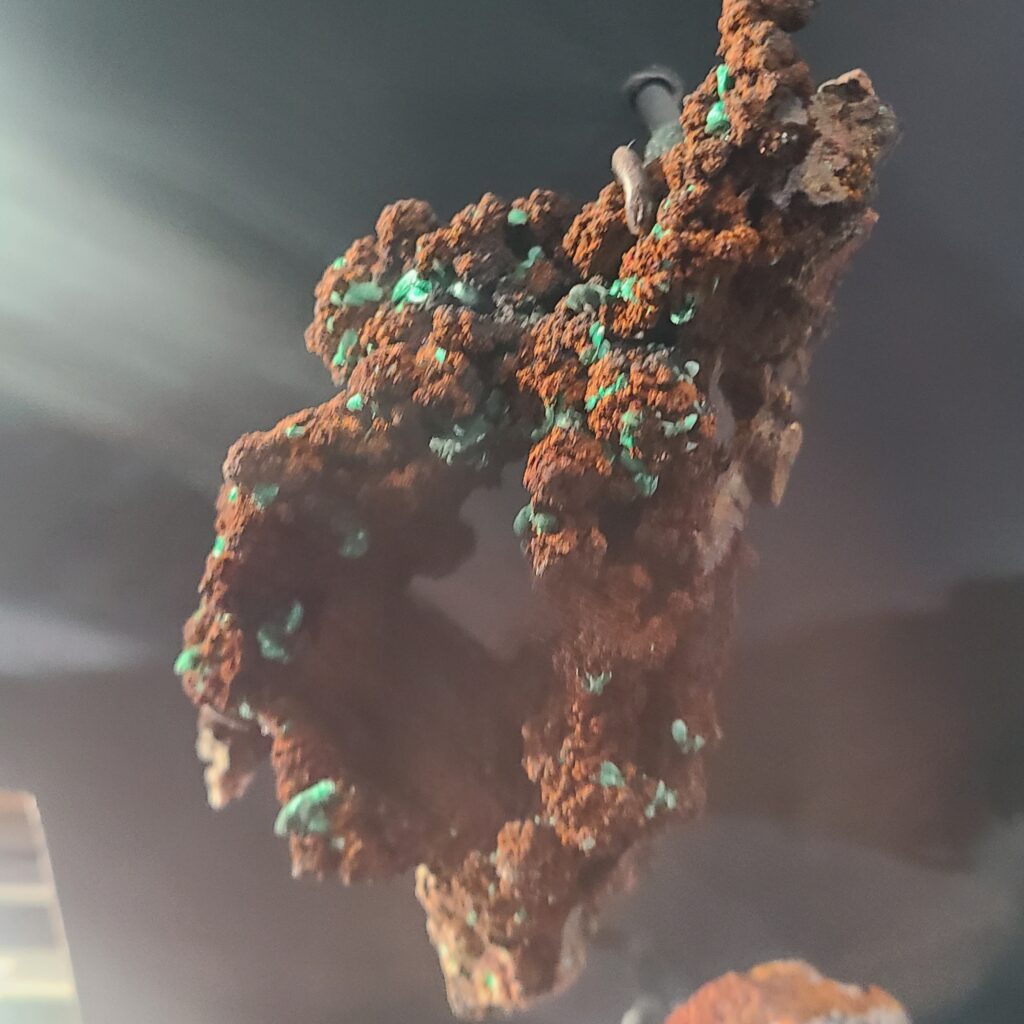Gweduc Monitor
It’s been busy since my last post. Learning the ropes and patrol parameters of being a squirrel cop has been kind of taxing. I know the salt water around here and how to run the boats so all I really needed to learn for the Gweduc harvest monitor was how to weigh out the clams at the end of the day. Pretty simple, really, I just hand a commercial scale across to the dive boat and then read off the weight to be recorded. They get double recorded by both me and the dive boat operator. In nice calm weather with then sun out this is one of the best places anywhere in the Pacific Northwest. However, there is a dark and stormy side to the job. And I mean dark and stormy….. 15-20 knot winds with driving rain, not quite warranting the NOAA small craft advisory, but still 2 to 4 feet wind waves that turn the beautiful area into a crazy choppy heaving creature barely containing the beast lurking within. The harvest boats surge and pull at their anchors, straining to burst and run free. The crews laboring to keep things in place and take aboard the harvest being sent up from the diver below. The diver below being the most comfortable of everyone out there in the weather. He or she is 40-70 feet below the surface in a dry suit being fed air through an umbilical hose that also contains their communications wire so they can talk to the boat. They wear no fins, only rock boots and weights to keep them on the bottom where they use their water jets to remove the giant clams from the mud. The water is 50 degrees or less, the current can really move and footing is not always secure nor is the bottom devoid of hazards. Yes they are the most comfortable of us out in the weather. My boat is not anchored, I must be able to move at a moments notice. I am responsible for ensuring that no other boats encroach on the dive zone, making sure that the divers and boats are safe. I have rescue oxygen on board in case of a dive emergency. The nearest EMS to me could be a long way off and my boat is probably the fastest way to get someone to help. We joke on the radio and I keep my boat close enough to talk across the water. Often I just sit off to the side and listen to the breathing of the divers over their communication link which sounds on a speaker on the exterior of the cabin of the boats. You can tell a lot by the breathing of a diver. Most of the experienced divers have a nice steady in and out pattern. You can tell a newer or stressed diver by their erratic breathing. You can hear the vibrations of the exhaust manifold and can tell if the diver has water in their mask by the gurgling noises. It’s always a relief to me when I see the exhaust bubbles come to a stop under the boat and you hear a calm voice on the committee cable telling the crew to turn the water off…..this means the diver is done harvesting and doing their safety stop to off gas the nitrogen building up in their blood. They all use some kind of dive computer that gives them their dive profile. Most of the divers do two 45 minute dives per day. Each boat usually has 4 to 5 divers on board.
When the harvest is done they call me over where I hand over the scale and record weights. Like I said, no problem in calm waters….stormy days are much more interesting….between the wind and waves the boats don’t really want to work together. The weight on the scales can swing 5 or more pounds each direction of actual weight. They are moving 50 pound cages of clams around the deck and it can get hairy. With the harvest done and the weigh out complete, everyone heads back to the shelter of Zittells marina where they are moored. I stay out until I see the last boat coming in then tie off my boat in the slip and secure for the day.
